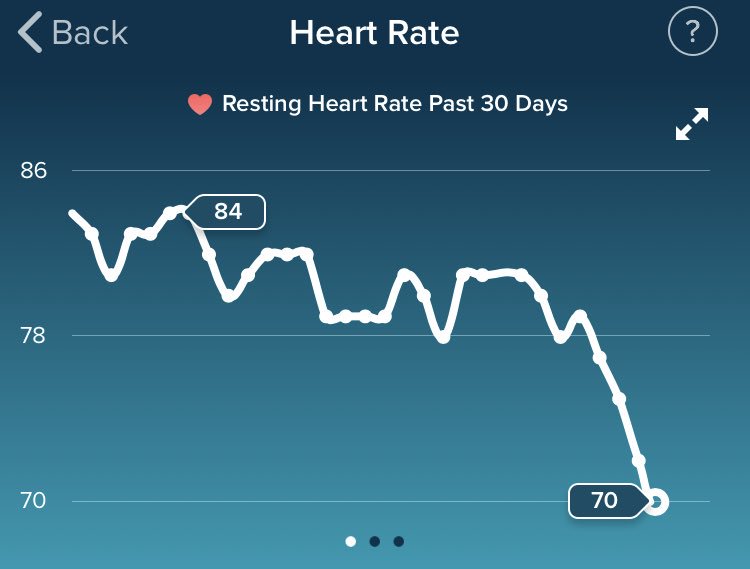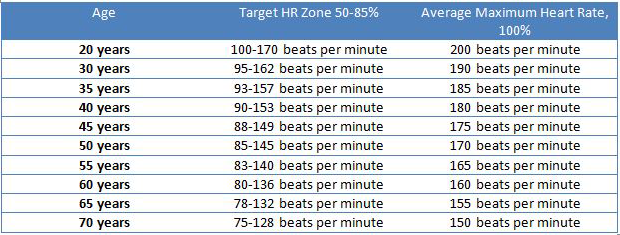

How to Keep Your Baby’s Heart Healthy During Pregnancy Even then, the ultrasound technician cannot say with 100 percent certainty that you will be giving birth to a boy or a girl. If you would like to know the gender of your baby before giving birth, your best bet is on an ultrasound image. Have you heard your baby’s heart rate can predict its gender? It’s a common pregnancy myth that if the expectant mother is having a girl if the baby’s heart rate is 140 bpm or above, and a fetal heart rate lower than 140 bpm is a boy. The baby will begin growing more rapidly! Baby Heartbeat Myths to Watch Out For The fetal heart rate in the third trimester will be much like that of the second trimester.

If the doctor has discovered an irregular heartbeat, such as beating too slow or too fast, there is a chance that the baby could have a heart condition. Once a woman has reached her second trimester, her baby’s heartbeat will be between 110 to 160 bpm and can be detected using a Doppler device. Fetal Heart Rate During the Second Trimester In the sixth week, the baby’s heart begins to pump blood. This period is when the baby’s heart and other organs begin forming.
Cervix is not appropriately dilated, or the amniotic sac has yet to break (this applies to internal monitoring only)įetal Heart Rate During the First Trimesterĭuring the early period of pregnancy, the heart begins to beat in the fifth week of pregnancy. Some factors can make fetal heart monitoring less accurate, which include: It is especially beneficial if a woman has a high-risk pregnancy. Monitoring helps look for potential problems and check on the health of the baby. It may seem scary if the doctor says they are going to monitor your baby’s heart rate, but fetal heart monitoring is used in almost every pregnancy during a woman’s prenatal visits. This method gives doctors a better reading because movement does not affect its measurements, but it can only be done if the amniotic sac has broken and the cervix has opened. A wire will run from the fetus through the mother’s cervix, which is then connected to a monitor. A transducer is put on the fetus’s scalp during labor in this form of fetal heart monitoring. This device is most often used during prenatal visits to check the fetal heart rate or to monitor the baby’s heartbeat during the labor process. A Doppler ultrasound device is one form of monitor that a doctor may use to check in on the baby’s heartbeat. In this method, the doctor will use a device to listen to the baby’s heartbeat through the mother’s belly. There are two different methods of fetal heart monitoring: As the baby responds to different conditions in the uterus, the heart rate can change. A baby’s heartbeat is monitored at each prenatal appointment throughout the entire duration of a pregnancy.Ī provider may do fetal heart monitoring later in pregnancy and during labor. Monitoring the heart helps your health care provider know how your baby is doing. Understanding Fetal Heart Monitoringįetal heart monitoring measures the heart rate of the baby and the heart’s rhythm. 
The baby’s heart rate could increase all the way up to 170 bpm. A fetus’s heart rate will usually range between 110 to 160 beats per minute (bpm), but it can vary throughout pregnancy. When a doctor is referring to fetal heart rate, he or she is talking about the baby’s heartbeat in utero. Let’s dive in and take a deeper look at understanding fetal heart rate. How does a soon-to-be mother and father know if a heart rate is “normal” or how to keep the baby’s heart healthy during pregnancy? But it’s more than a first “Hello” that little heartbeat can tell you a lot about baby. The first time expectant parents hear their new baby’s heartbeat is a life-changing experience.







 0 kommentar(er)
0 kommentar(er)
